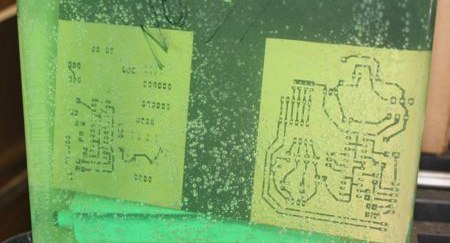
Gizmodo has done us all a favor by wading through many forum posts and condensing them into a handy guide to installing Ubuntu on your Playstation 3. It covers some of the caveats of going this route. You have to backup all of your game data before starting since the system repartitions the drive. Ubuntu installs without any problem, but because the cell processor is a PowerPC architecture it means not everything has been ported to it. There are a few things you need to install to get the Sixaxis controller to be recognized as a joystick. Super Nintendo emulator SNES9X is available and works, mostly. It doesn’t support fullscreen and cries if you reconfigure the buttons.
Supporting developers through alternate operating systems isn’t new to Sony. With the original Playstation, they released Net Yaroze, a consumer grade dev kit. The Playstation 2 was the first time they officially supported Linux on a game console (our first Linux machine). The ground breaking thing about the Playstation 3 was bundling in Linux support with every single console; no specialized hardware needed. Unfortunately they’re not near as open with the PSP.















